5 Questions with Artist Federico Uribe
Feb 10, 2023
As I walked through Art Miami, an array of lively and playful works caught my eye. Specifically, this large-scale piece drew me into a booth until I got close enough to realize that it’s made of pencil crayons:
So of course, I had to inquire with Adelson Gallery about the work and soon found out that the artist behind it is Bogotá-born Federico Uribe, who currently lives and works in Miami. His artwork resists classification and emerges from intertwining everyday objects in surprising ways. I wanted to find out about how he came to use household objects (plastic cutlery, colored pencils, and so on) in favour of a paintbrush and canvas. So, I was thrilled for the opportunity to ask him…
1AN: Federico, I’ve been fortunate to see your work in person and can confirm that is really does resist classification. So, how do you describe your art to people who've never seen it before?
FU: I always say that I build objects out of objects. In my pursuit of beauty, I look for the aesthetic possibility of an object and think about the symbolic and emotional connection within them. For example, color pencils will take everyone to a pleasant moment from their childhood. Even if their experience was dysfunctional, the memory of color pencils is always good. Conversely, bullets always have the implication of violence against animals and innocents. I try to make objects as beautiful as possible to try to show them from a different perspective.
1AN: That makes sense, as you seem to push the limits of applying everyday objects in all possible and surprising ways. What does your work aim to say?
FU: Every material I work with has different emotional, sociological, and psychological connotations on people’s minds and memory. Therefore, each object I use has a different intention. My “Plastic Reef” installation is a reflection on ocean pollution and our responsibility for it. My works with bullets make people think about the absurdity of hunting as a sport and maybe the death of innocents because of human conflicts. My works with X-rays and surgical instruments would hopefully make people think about the power or ability of science to improve and extend human life, and at the same time, the potential of beauty in objects that are related to pain.
1AN: What does a day at your studio look like?
FU: I have 3 employees who work from 7 am to 3 pm, getting material ready for me to work (e.g. cutting pencils in pieces, making holes in bullets, cutting wires, making frames and so on). I get to work at 9 am and work until 8 pm. I have my own space at the studio where I build objects 6 days a week. The atmosphere is very friendly but disciplined as well. I buy groceries and cook for everyone every day.
1AN: Rooted in the craft of sculpture and paint, how has your approach and process changed over time?
FU: Every time I work with a new object, I also have to create a new technique. I repeatedly make mistakes until I am successful. I have perfected my pencil and bullet techniques over time, but for other materials, it is an ongoing learning process.
I learn from my employees who are carpenters and engineers, but it takes time to get the full potential of each object despite their skill.
1AN: I can only imagine! But if the sky were the limit, describe to me what your “dream project” would be.
FU: I would love to do art in public places that change the cityscape and create an identity for the cities they are in. I want to make whales jumping out of water, made from 747 airplanes. I have a lot more ideas for projects and will have to wait for the opportunity to disclose them.
1AN: Fair enough, but I’ll keep my eyes open for those whales! And as a quick bonus question: What has been the highlight of your career?
FU: I have very beautiful and emotional moments when people who see my installations are moved to tears or smile uncontrollably and tell me that I made their day.
Read more about Federico here.

:sharpen(level=0):output(format=jpeg)/wp-content/uploads/2023/02/Five-Questions-with-Artist-Federico-Uribe.jpg)
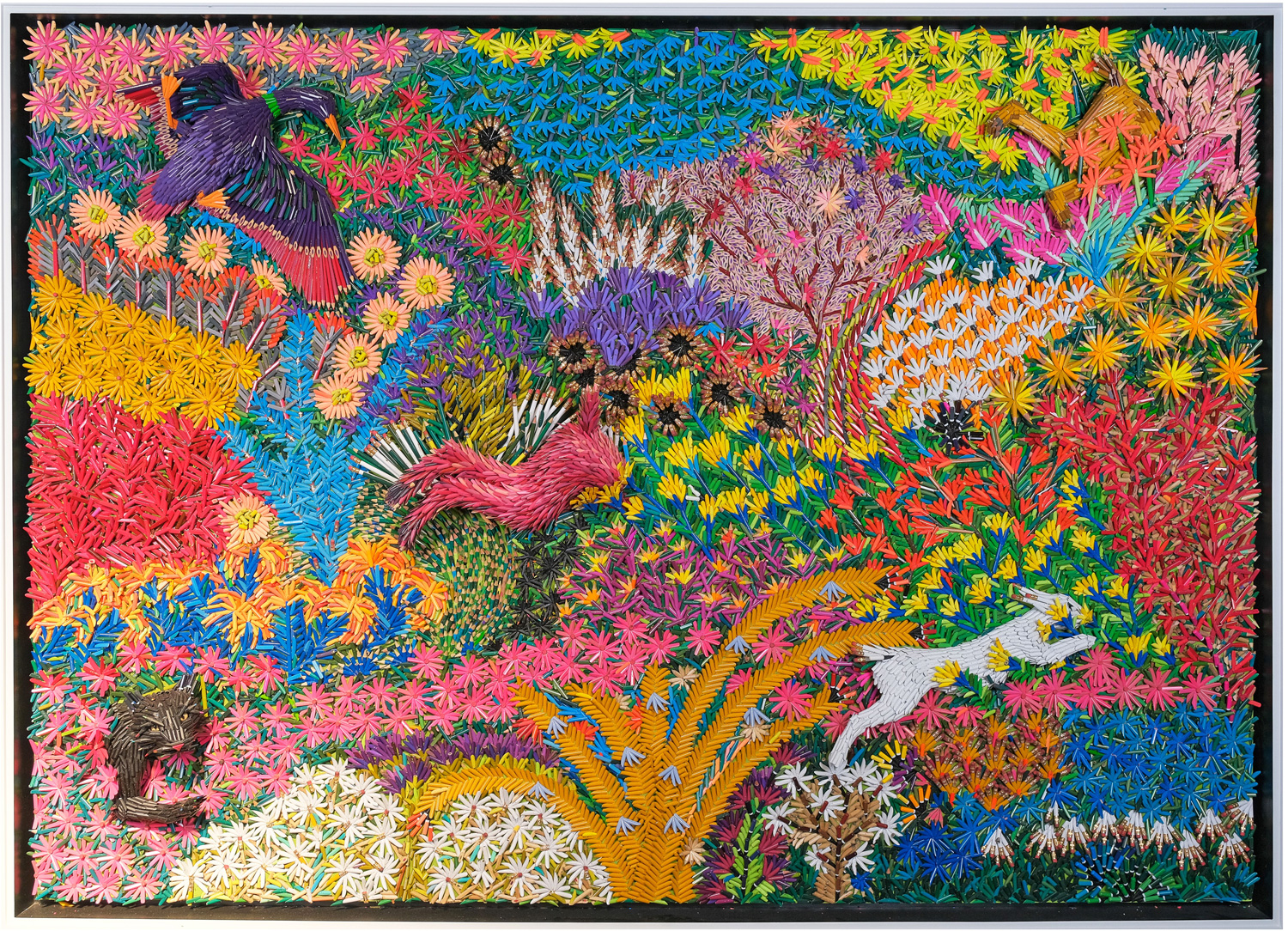
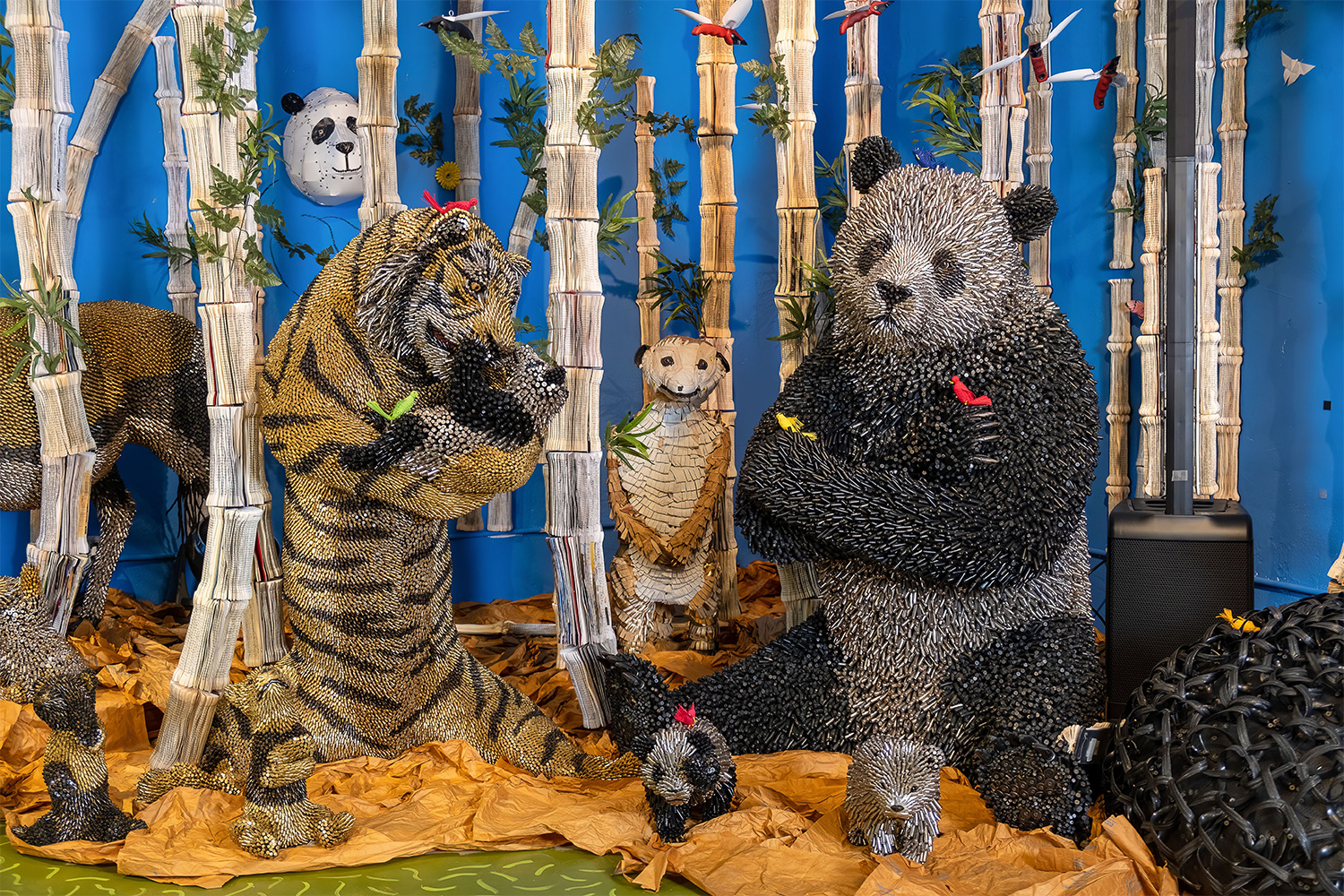
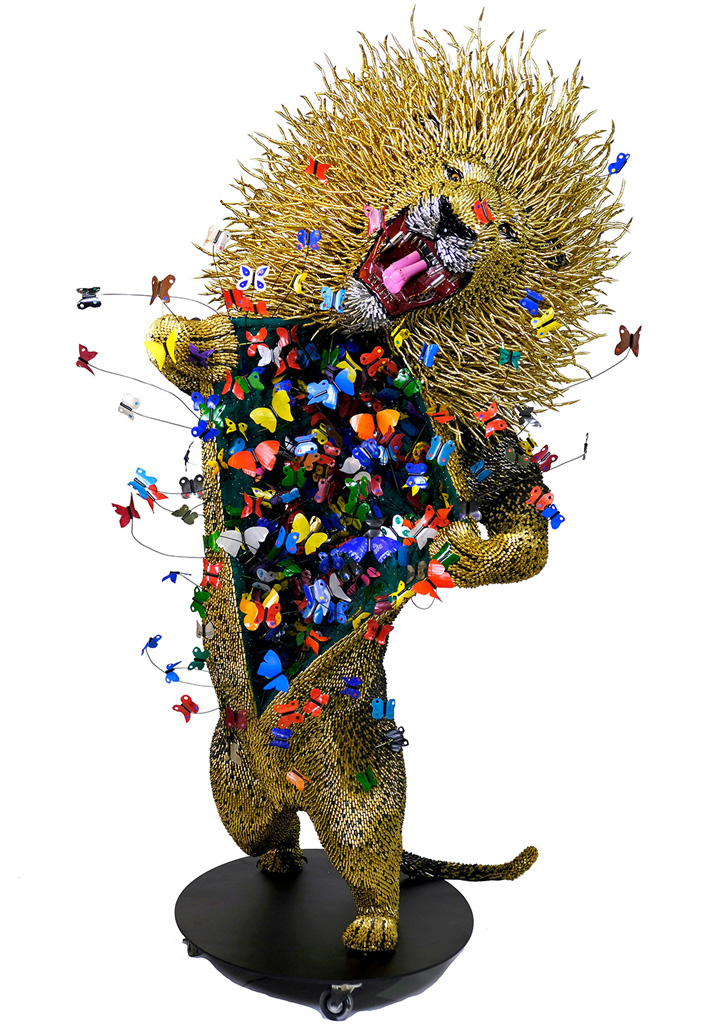
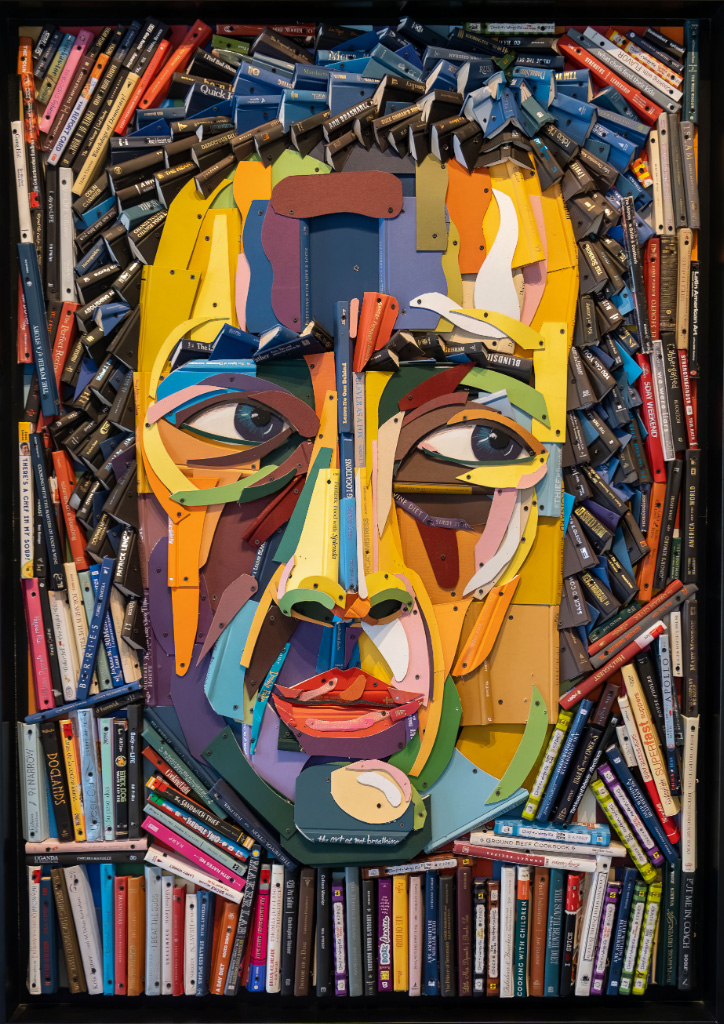
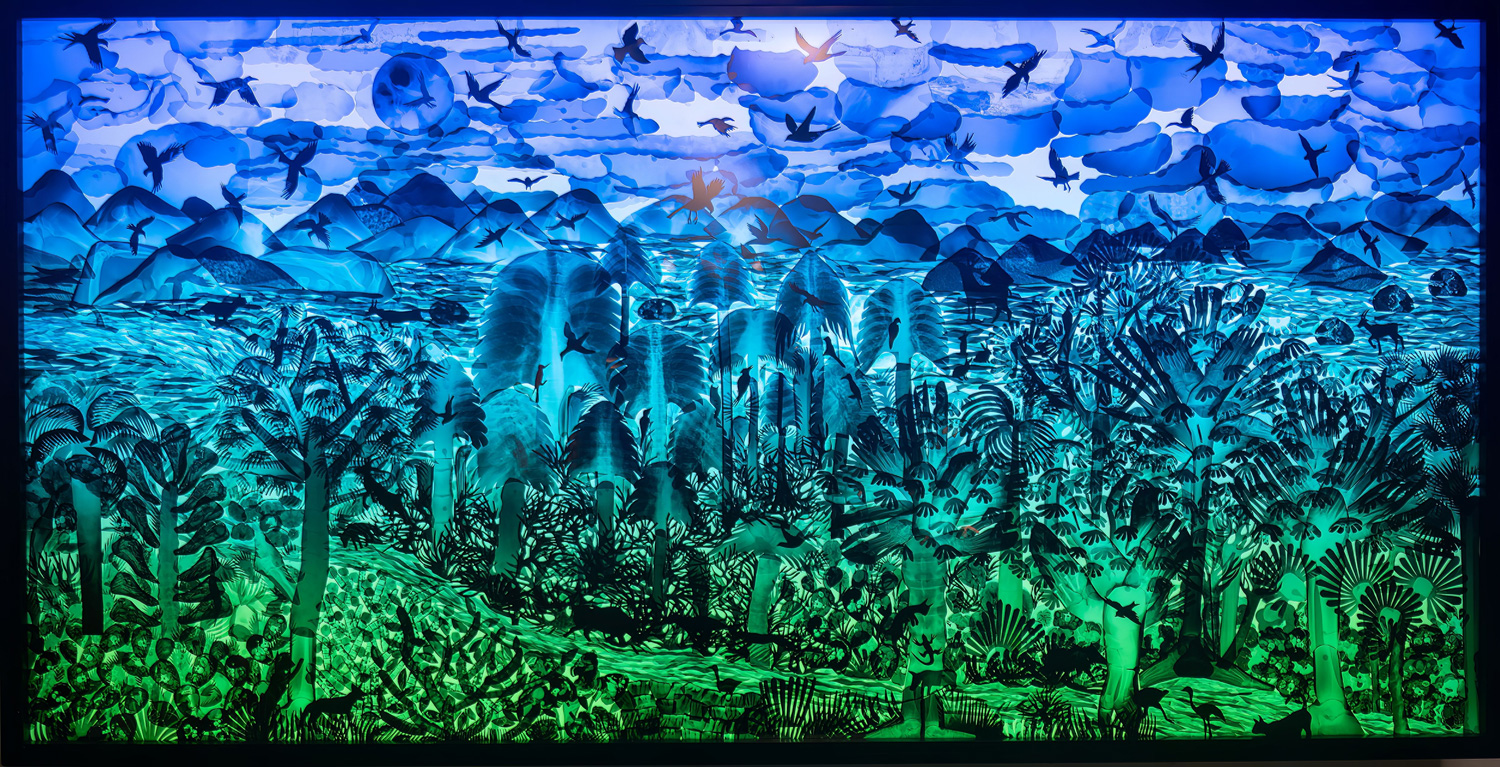
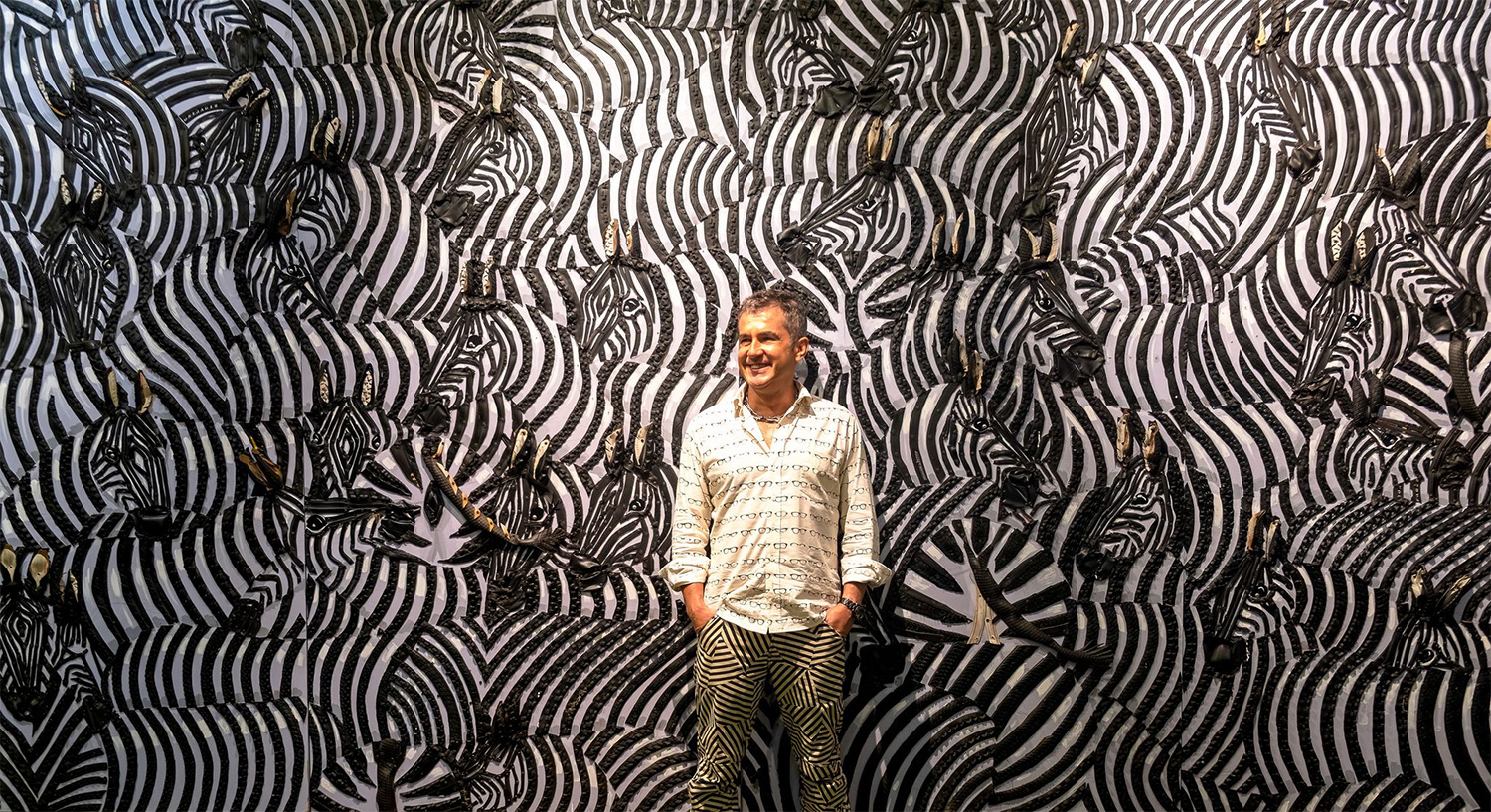
:sharpen(level=1):output(format=jpeg)/wp-content/uploads/2024/05/The-Art-Lawyers-Diary-1.jpg)
:sharpen(level=1):output(format=jpeg)/wp-content/uploads/2024/04/5-Questions-with-Bianca-Cutait-part-2-1.jpg)
:sharpen(level=1):output(format=jpeg)/wp-content/uploads/2024/05/20231208_164023-scaled-e1714747141683.jpg)
:sharpen(level=1):output(format=jpeg)/wp-content/uploads/2024/04/header.jpg)
:sharpen(level=1):output(format=jpeg)/wp-content/uploads/2024/04/5-Questions-with-Bianca-Cutait-part-1-1.jpg)
:sharpen(level=1):output(format=jpeg)/wp-content/uploads/2024/03/5-Questions-with-Alaina-Simone-1.jpg)